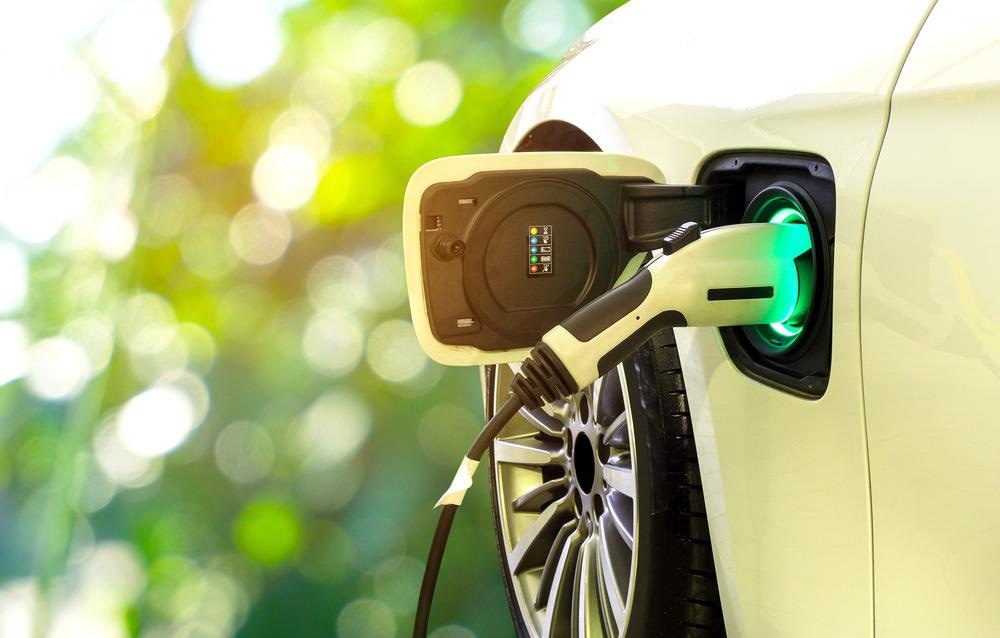
Image Credit: Smile Fight/Shutterstock.com
Electric vehicles are being touted as the future of transportation. However, the battery technology for this new transportation era must be advanced before widespread adoption can occur.
The current state of the race to develop better electric vehicle batteries focuses on making advancements in energy density while maintaining high safety standards. Research efforts have been focused on state-of-the-art materials and electrochemical systems. Lithium-ion batteries are the current technology of choice, and research efforts advancing this technology are also attempting to lower the technology's dependence on cobalt, as it is relatively scarce and often sourced unethically.
Cobalt-Free Batteries
Earlier this year, a Chinese battery business called SVOLT formally debuted two cobalt-free batteries online via live stream. During the announcement, the company president said the new batteries have many key benefits over existing technology, including longer life, improved safety, and greater energy density.
The company said its L6 battery cell is tailored for a high-end car from Great Wall Motors. SVOLT said a vehicle using this battery could have a range of 880 km, which compares favorably with a conventional vehicle.
If this proves to be accurate, the SVOLT battery will represent a new type of automotive battery. It could boost electric vehicles' competitive advantage over conventional vehicles by eliminating range anxiety, boosting confidence in electric vehicle technology, and accelerating the replacement of internal-combustion vehicles with electric vehicles.
Batteries currently make up a considerable part of most electronics' size and weight, including smartphones, drones, and electric vehicles. Approximately one-third of an electric car’s weight is dedicated to the battery.
A lithium-ion battery, such as the one found in electric vehicles, has four primary components: cathode, anode, electrolyte, and separator.
During discharge, lithium-ions flow passes through the electrolyte, from the anode to the cathode. These electrodes are kept apart by the separator to avoid short-circuiting.
In a standard lithium-ion battery, the components are either stacked or wound to pack the maximum amount of energy into a small volume.
SVOLT has touted the stacking approach. The typical stacking process involves the anode, cathode and separator being physically stacked and laminated to create a singular cell. Cells are then stacked in parallel to make a long unit.
This technology offers the benefits of modest internal resistance, longevity, relatively small size, and high energy density. Advocates of stacking technology say it provides significantly greater energy density and longer cycle life while reducing cost by several percentage points.
One new and exciting approach to tackle the restrictions of lithium-ion batteries on electric vehicles is by incorporating these batteries into the vehicle's structure. As opposed to using a vehicle floor to suspend a battery pack, the battery pack would be incorporated into the floor.
The Shift Away from Cobalt
Cobalt has a very long commercial background involving a range of different uses. Today, it is mostly found in lithium-ion batteries of all shapes and sizes. While it is found in electric cars' batteries, the most significant cobalt usage is in mobile electronics, including smartphones, tablets, and laptops. These devices comprise approximately one half of all cobalt demand. The need for batteries is also expected to increase more than fourfold over the next ten years.
While cobalt is considered a byproduct in nickel and copper mining operations, it also individually mined, most notably in the Democratic Republic of the Congo.
Cobalt is relatively costly, with a price tag of around $30,000 per ton. Data suggests the current supply of cobalt is sufficient for now, but that exploration will soon be required to meet demand. Cobalt recycling will also need to be increased, which will involve recovering electronic devices and vehicles.
It has been reported that cobalt mining typically involves unethical and dangerous labor methods, especially in the Congo. The majority of the world’s supply – 60% - originates from the Congo, where mining has been associated with child labor. Consumers looking for ethical purchasing decisions should consider the cobalt found in various products.
Understandably, electric vehicle manufacturers are driving the transition away from using cobalt in lithium-ion batteries. Tesla recently announced its next line of batteries will be made with lithium, iron, and phosphate. The company said these batteries would be much cheaper. Unfortunately, these batteries typically have a reduced energy density compared to lithium-ion batteries.
Chinese companies commonly use Lithium-iron-phosphate cells, and cynics have pointed to Tesla's manufacturing facilities in China as the reason for the switch. However, if other electric car makers follow suit, it would considerably reduce the dependency on cobalt.
Resources and Further Reading
SVOLT. SVOLT Officially Launches Two Cobalt-Free Batteries via Livestream. Business Wire. [Online] Available at: https://www.businesswire.com/news/home/20200520005247/en/SVOLT-Officially-Launches-Cobalt-Free-Batteries-Livestream
Fresh Energy. What’s Up With the Cobalt Used in EV Batteries? [Online] Available at: https://fresh-energy.org/whats-up-with-the-cobalt-used-in-ev-batteries/
Lu, D. Can we quit cobalt batteries fast enough to make electric cars viable? NewScientist. [Online] Available at: https://www.newscientist.com/article/2234567-can-we-quit-cobalt-batteries-fast-enough-to-make-electric-cars-viable/
Disclaimer: The views expressed here are those of the author expressed in their private capacity and do not necessarily represent the views of AZoM.com Limited T/A AZoNetwork the owner and operator of this website. This disclaimer forms part of the Terms and conditions of use of this website.